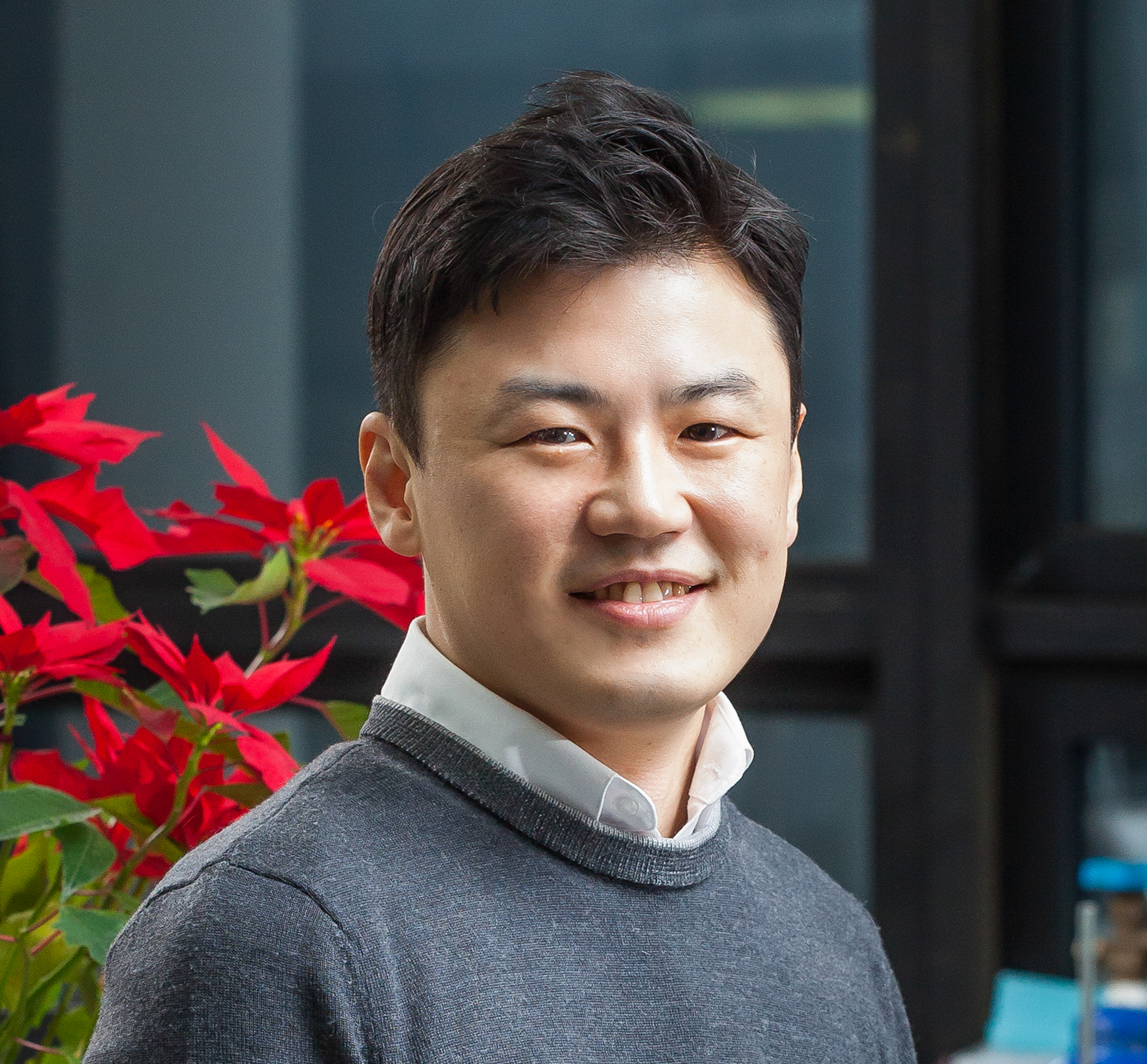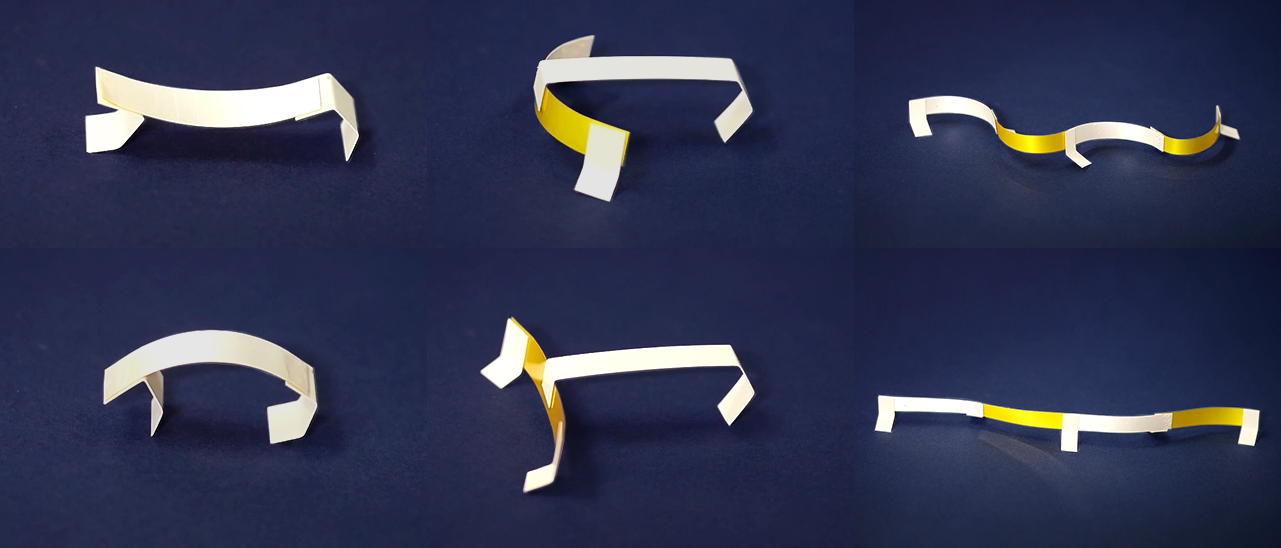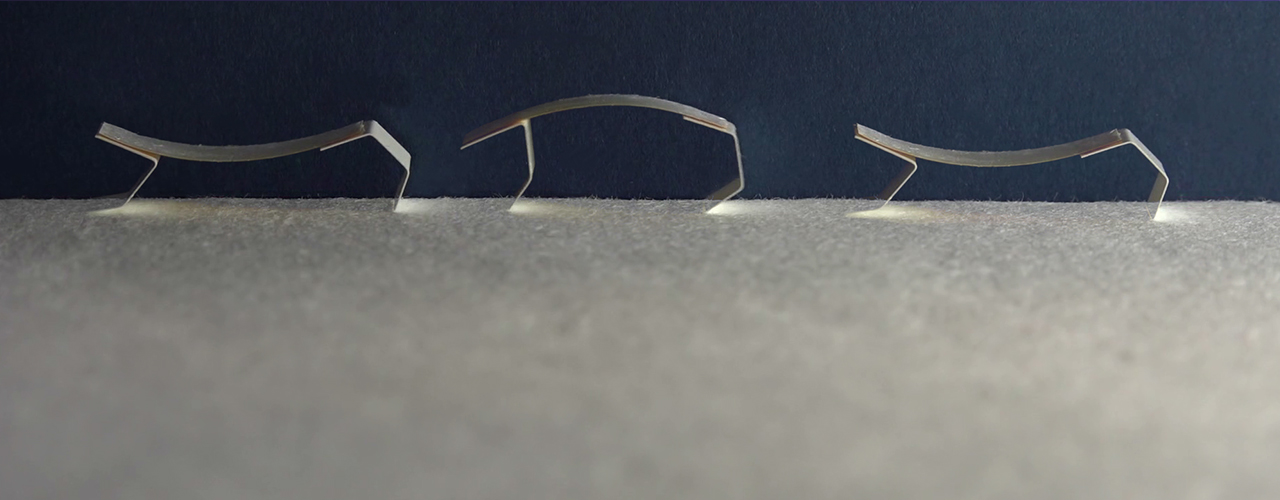- About
- Academics
-
Undergraduate Programs
- Civil and Environmental Engineering
- Architecture and Architectural Engineering
- Mechanical Engineering
- Industrial Engineering
- Energy Resources Engineering
- Nuclear Engineering
- Materials Science and Engineering
- Electrical and Computer Engineering
- Naval Architecture and Ocean Engineering
- Computer Science and Engineering
- Aerospace Engineering
- Chemical and Biological Engineering
-
Graduate Programs
- Civil and Environmental Engineering
- Architecture and Architectural Engineering
- Mechanical Engineering
- Industrial Engineering
- Energy Systems Engineering
- Materials Science and Engineering
- Electrical and Computer Engineering
- Naval Architecture and Ocean Engineering
- Computer Science and Engineering
- Chemical and Biological Engineering
- Aerospace Engineering
- Interdisciplinary Program in Technology, Management, Economics and Policy
- Interdisciplinary Program in Urban Design
- Interdisciplinary Program in Bioengineering
- Interdisciplinary Program in Artificial Intelligence
- Interdisciplinary Program in Intelligent Space and Aerospace Systems
- Chemical Convergence for Energy and Environment Major
- Multiscale Mechanics Design Major
- Hybrid Materials Major
- Double Major Program
- Open Programs
-
Undergraduate Programs
- Research
- Campus Life
- Communication
- Prospective Students
- International Office
Research Team Led by SNU Professor Kim Ho-Young Develops a Water-Powered Soft Robot
-
Uploaded by
관리자
-
Upload Date
2018.03.26
-
Views
782
Research Team Led by SNU Professor Kim Ho-Young Develops a Water-Powered Soft Robot


▲ SNU Department of Mechanical and Aerospace Engineering Professor Kim Ho-Young (Left),
Various Forms of Hygrobot (Right) (Photo provided by SNU College of Engineering)
Korean researchers have developed an inchworm robot powered by environmental humidity.
SNU College of Engineering (Dean Cha Kook-Heon) announces on 25th that the research team led by Professor Kim Ho-Young of the Department of Mechanical and Aerospace Engineering has built a soft robot called “Hygrobot” that runs on moisture. This groundbreaking research has received worldwide attention and has been published online on the robotics journal “Science Robotics”.
Until now, the biggest obstacle for building centimeters-long micro-robots has been energy provision. Electric cells were wired externally to micro-robots due to their heavy mass. An alternative method of mimicking animal motions was under research but was turned down due to the complex principles of muscle contraction and nutrition intake.
Alternatively, Professor Kim’s team looked into a plant that moves by the simple control of ambient moist.
Professor Kim explains, “wild wheat and geranium seeds survive on dry land by wriggling their tails to bury themselves…Utilizing the mechanism of the seeds, a structure that maximizes moisture absorption and flexibility was designed.”
The seed’s tail has a layer that swells when in contact with moisture which is overlapped by another that does not swell. At high humidity, the tail bends one way; at low humidity, the tail bends the other way. This is because macromolecules in plants like cellulose and pectin absorb water and bulge.
Researchers magnified the water-absorbing layer to discover that it was constructed of thin strands organized in linear array structure. This discovery inspired the creation of a polymer material of orderly stacked nano-fibers and ultimately the development of a robot actuator that reacts to bend quickly and actively to moisture.
Special legs that permit only straightforward motion were attached to the actuator as a final touch to complete the speedy robot. The team demonstrated that the robot can continuously move forth if placed on a wet surface to be exposed in the natural difference of humidity due to evaporation between close to surface and higher up.
Professor Kim states, “the Hygrobot is an example of the Internet of Things (IoT) technology that may one day be applied to the smart dust field to be scattered in battlefields or contaminated sites for data collection, medical field to deliver medication across wet skin, etc.”
This research was conducted with the sponsorship from Samsung Research Funding & Incubation Center for Future Technology (SRFC), National Research Foundation of Korea (NRF), and Bio-Mimetic Robot Research Center.

▲ Images of Hygrobot Walking (Photo provided by SNU College of Engineering)
[Reference Video]
- Movement of Hygrobot (please refer to the file attached)
- Different forms of Hygrobot (please refer to the file attached)